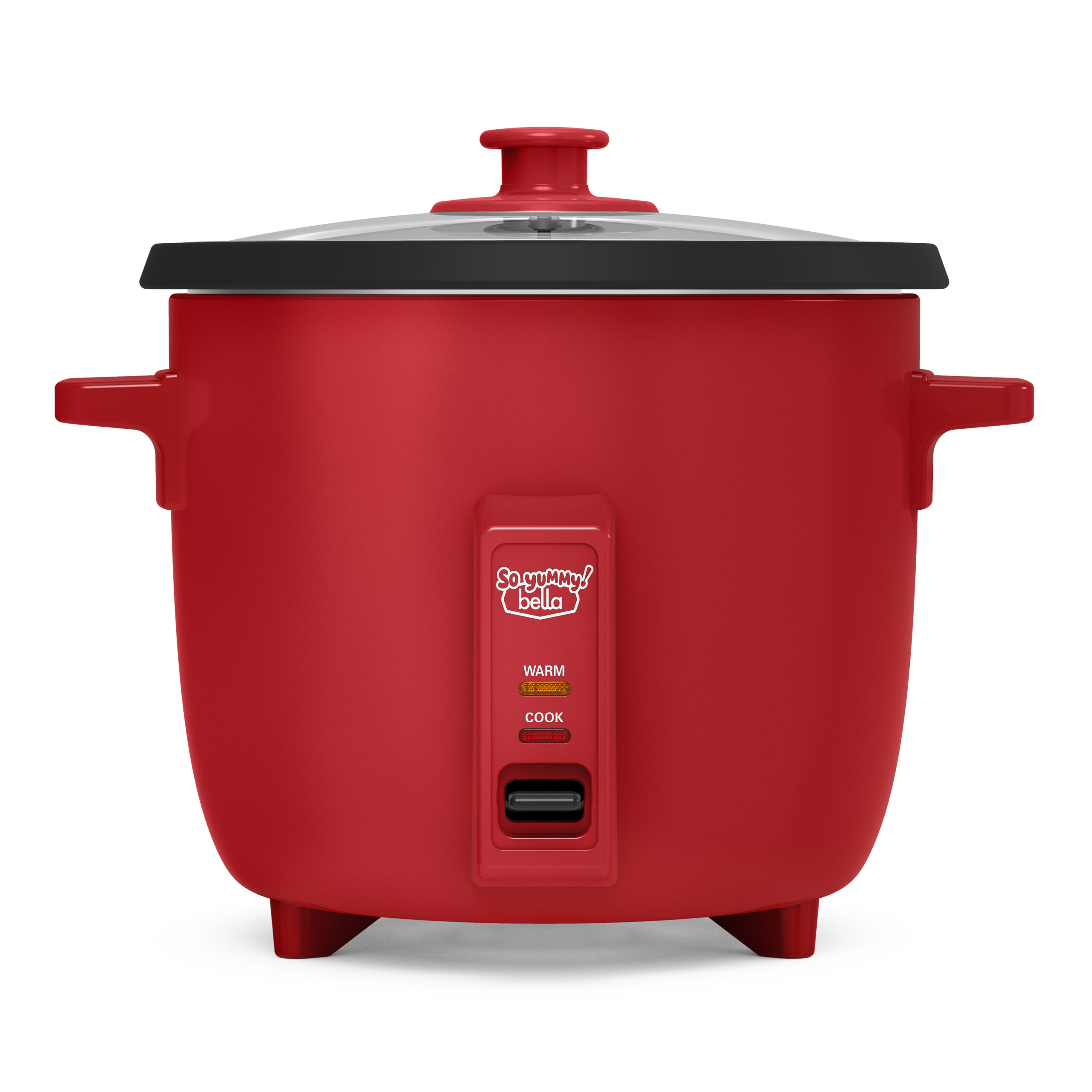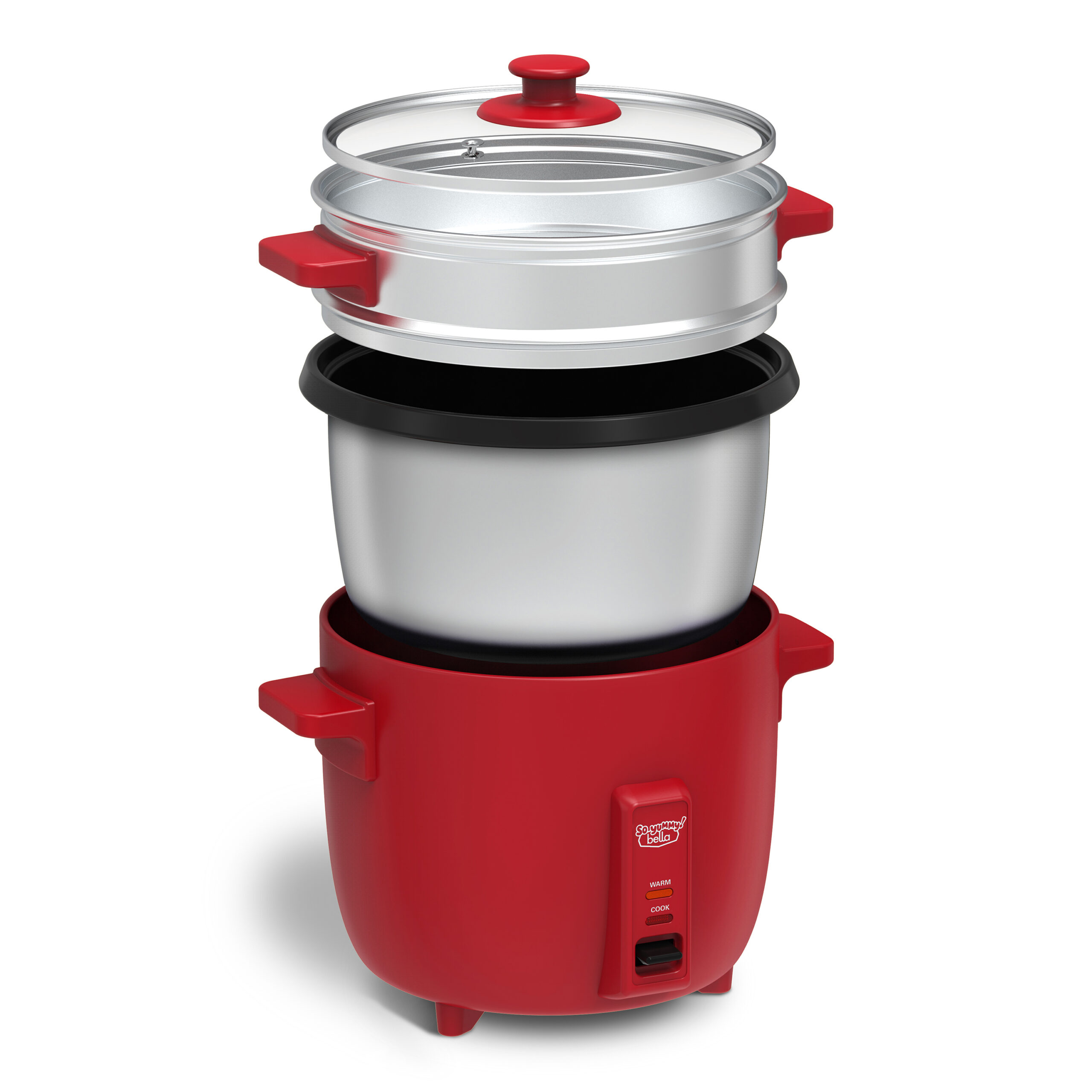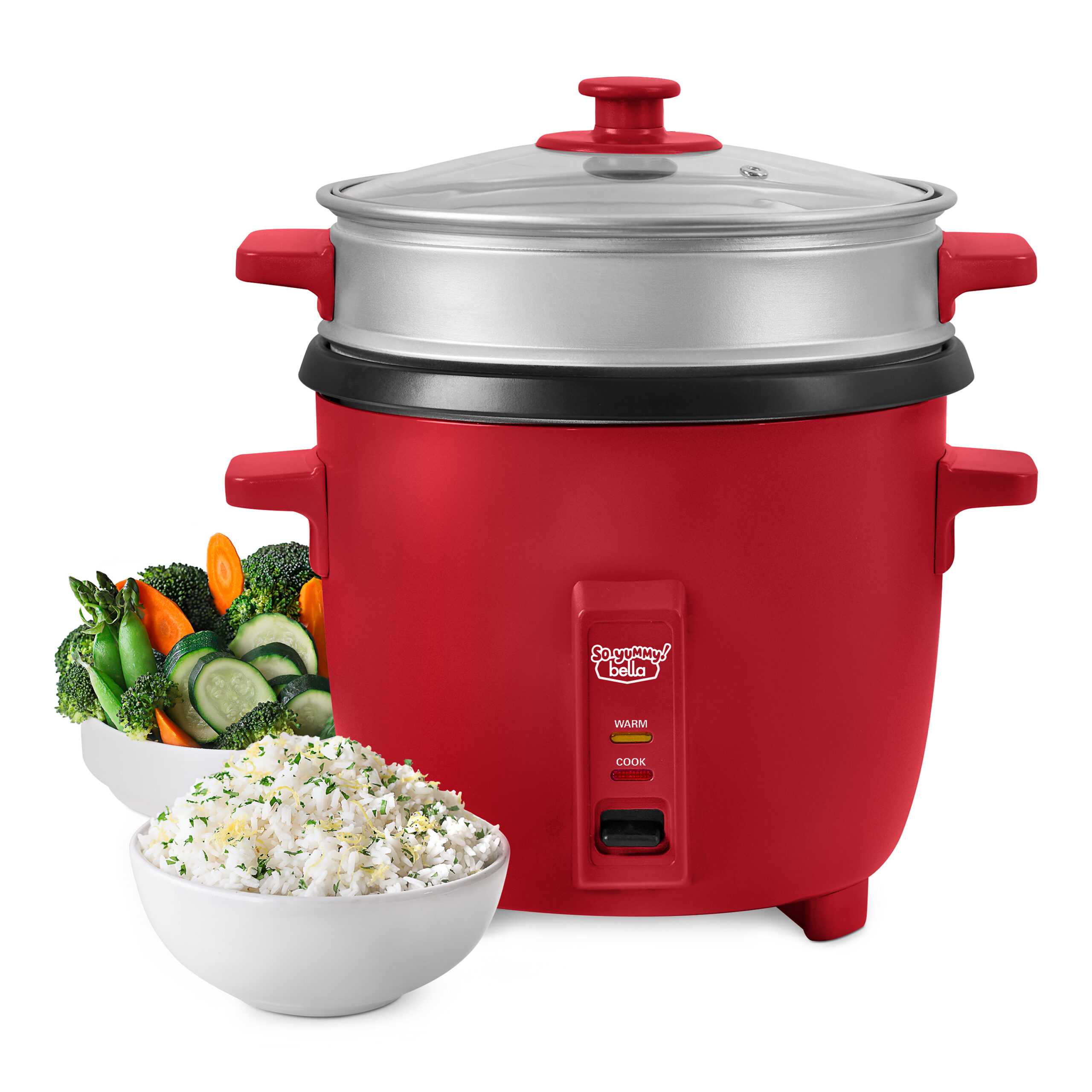Water Conservation and Rice Cooker Efficiency
Water conservation is a crucial aspect of sustainable living; even small steps can make a significant impact. When it comes to rice cookers, optimizing water usage can contribute to water conservation efforts. By using the right amount of water, you not only save this precious resource, but also reduce energy consumption. Rice cookers with precise measurements and advanced technologies can help in achieving this goal. By using a rice cooker that conserves water, you can reduce your environmental footprint. Investing in a rice cooker that prioritizes efficiency and water conservation is a win-win situation for both the environment and your culinary experience.
Understanding Rice Cooker Water Requirements
Determining the Ideal Water-to-Rice Ratio
Different types of rice require different water-to-rice ratios. The general guideline for white rice is to use a 1:1.5 ratio, meaning 1 cup of rice to 1.5 cups of water. However, this ratio can vary depending on the type of rice and personal preference. Experimenting with different ratios can help you find the perfect consistency and reduce water usage. Remember to adjust the ratio when necessary — brown rice and quinoa, for example, may require more water. By fine-tuning the water-to-rice ratio, you can maximize the efficiency of your rice cooker and conserve water.
Factors Affecting Water Usage in Rice Cooking
Several factors can affect water usage when cooking rice in a rice cooker, contributing to water conservation efforts. One significant factor is the size of the rice cooker. Choosing a smaller rice cooker with a 2-cup uncooked capacity is ideal for individuals or small households, reducing the amount of water needed for cooking. Using the correct cooking function on your rice cooker can also affect water usage. Some rice cookers offer specific settings for different types of rice, optimizing water usage for efficient cooking.

Preparing Rice for Cooking
One way to maximize water conservation is by minimizing the amount of water used in the initial rinsing process. While it is common practice to rinse rice before cooking, it is important to note that excessive rinsing can lead to unnecessary water waste. It is recommended to rinse rice until the water runs clear, rather than continuously rinsing it under running water.
Soaking rice before cooking is a technique that some people swear by, as it can help to soften the grains and improve the overall texture of the cooked rice. When it comes to saving water, soaking rice may not be the best idea, though the amount of water used for soaking is typically minimal compared to the water used for cooking. If you’re on the fence about it, consider repurposing the water used for soaking for other household tasks, such as watering plants or cleaning. Overall, while soaking rice may not directly contribute to water conservation, it can still be a beneficial step in the cooking process.

Cooking Rice with Minimal Water — Rice Cooker Water Conservation
Utilizing the Steaming Method
The steaming method allows you to cook multiple items simultaneously, saving both time and water. By placing vegetables or fish in a steamer basket above the rice, you can take advantage of the steam generated during the rice cooking process. This not only reduces the need for additional pots and pans, but also eliminates the need for extra water to cook these items separately. The steam from the rice cooker can efficiently cook the vegetables or fish, resulting in a delicious and healthy meal.
Techniques for Reducing Water Evaporation
To conserve water while using a rice cooker, there are several techniques you can employ to reduce water evaporation. Firstly, always ensure that the lid of the rice cooker is tightly sealed during the cooking process. This prevents steam from escaping and minimizes water loss. Additionally, avoid lifting the lid unnecessarily, as this can also lead to water evaporation.
It is essential to accurately measure the amount of water required for cooking rice to prevent wastage. Using the correct ratio of rice to water reduces the need for extra water, saving both water and energy. Lastly, once the rice is cooked, switch the cooker to the “keep warm” setting instead of leaving it on the cooking mode. This helps retain moisture without further water consumption.

Maintenance Tips to Improve Water Efficiency
Regular cleaning and maintenance can significantly improve your rice cooker’s water efficiency. Over time, mineral deposits can accumulate on the inner surface of the rice cooker, affecting its performance and making it less water-efficient. To prevent this, descale your rice cooker periodically using a mixture of vinegar and water. Always check the rubber gasket and ensure it is in good condition. A damaged gasket can lead to water leakage, causing unnecessary water wastage. By adopting these maintenance tips, you can extend the lifespan of your rice cooker and promote water conservation in the process.

